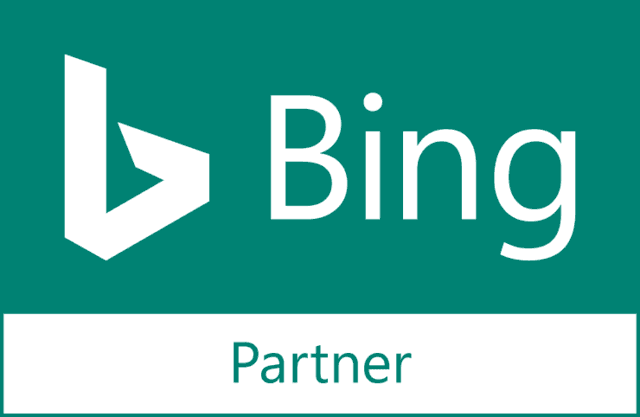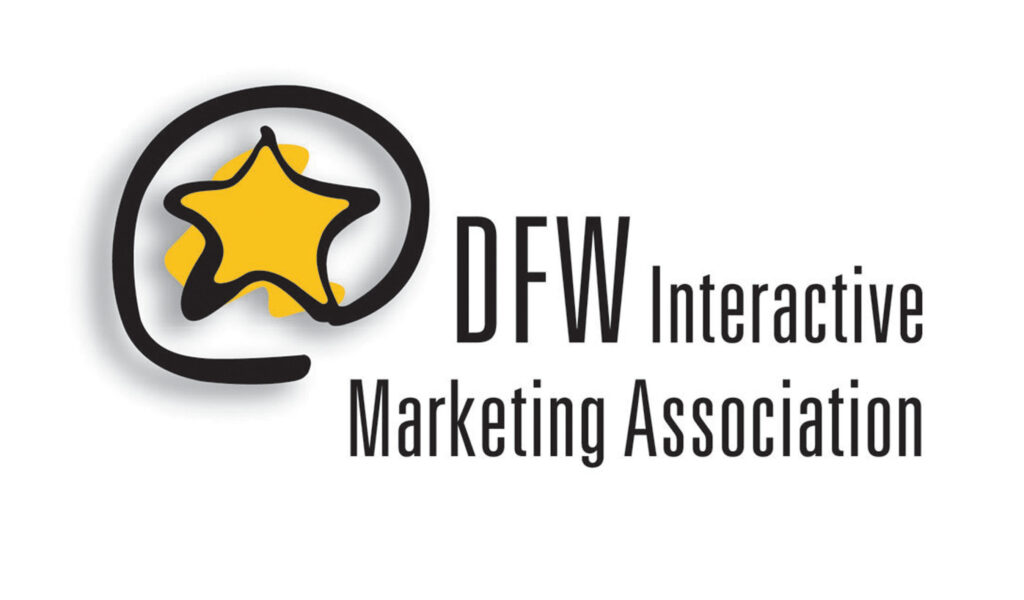
We’re all doing it, but some of us do it better than others. In order to make sure WrightIMC does it better, I attended a session on social media at Affiliate Summit East 2012. After reading the intro, it’s safe to say it wasn’t the average how-to social media lecture. The speakers; Jeannine Crooks, Mike Allen, Jennifer Myers Ward, and Shannon Vogel shared helpful tips and tricks they’ve learned along the way for doing social media the right way. Throughout the session, it was difficult not to become fixated on the persistent references to sex – it does make sense after all.
Don’t be selfish, return the favor

- Share things on Facebook – in just a few posts, you can create buzz around someone’s topic.
- Comment on other writers’ blogs by saying you liked the post and offer a different point of view (maybe in the form of a guest post).
- Say thank you when others share your post or comment on it.
- Acknowledge others – If you make sure their stuff is seen, they will make sure your stuff is seen.
Listen and stalk without being creepy
Everyone does it, so don’t try to deny it. We all stalk to some degree on Facebook. Why wouldn’t you? It’s the fastest way to find out details about a person’s life that you’re interested in. Stalking is all about listening because speaking would make it apparent that you’re stalking. Shannon reminded us that we all have two ears and one mouth for a reason – to listen more than we speak. You can learn a lot from listening to your audience’s wants and needs. It is important to keep in mind that social media is not about you, it’s about your customers. Put yourself in your customer’s shoes and give them the information they’re looking for. It’s great to give feedback, but try not to talk about yourself. Instead, relate it back to how you’re going to help your customer.
Shannon also said, “People are begging for solutions.” By actively engaging with your audience, you can find out what they want, when they want it and how to give it to them. Start by zoning in on their location and interests. Then, you can essentially “stalk” them by finding out where they like to hang out. Follow, fan, and like their pages on other platforms. Some tools to “stalk” them include:
- Facebook Insights
- Search.twitter.com
- See what people are pinning from your site
By searching and monitoring these conversations, you have an opportunity to jump in and contribute. From there, you work on finding a way to help them and create value for your brand. Aside from creating a relationship, you can also keep an eye on your competition through social listening. Find out what they’re doing and then do it better.
What gets you laid? Being lazy doesn’t.
Do more than post. Leveraging social media is a chance to start a conversation with your target audience. However, it needs to be a 2-way conversation. Meaning, don’t just reach out to them trying to sell something. Instead, build a relationship and then work to keep it going. This means, respond to comments left on your blog or other blogs and try to start a conversation. If you retweet something on Twitter, say why it’s worth retweeting.
Things to do on Pinterest:
- Don’t simply pin an image, explain why you are pinning it.
- Aside from adding a link in the image, also include a link in the description (Pinterest makes the link in the image a nofollow link, so adding it in the description should give you some link juice).
- Use hashtags in the descriptions to make your pins searchable.
- If you want to pin a post that’s only text, use Wordle. This tool will pull your RSS feed and create a tag cloud with all of the keywords so you can pin it as an image.
- Follow up with your repins and keep the conversation going.
Simply linking your social media accounts, isn’t a great idea. Sure, it will save you time, but you will have everything you tweet posted on Facebook and vice versa. What’s the point of posting the same exact thing on different platforms? People use different platforms for a reason – they like their information presented to them in different ways. It’s absolutely okay to post the same blog post across all platforms, but don’t simply copy and paste the same description into all of them.
Don’t get lazy with your reading either. Read, read, read, and read some more. Social media changes on a daily basis and so does the behavior of your followers.
Don’t neglect your partner

Test and learn.
Guys, you probably tested out moves when you were in high school or college – it works there the same way with social media. Testing is very important to find out which platforms you should use. Take one post, run it through each platform and adapt to which one it works best with. You should also test posts to find out the times that work best for your followers. Just because the time works well for you, it doesn’t mean it will work best for your readers. This is especially important if you have a niche audience. Here’s a list of tools to help you test your social media process:
- Crowdbooster allows you to see the best times and days for you to post.
- Google Analytics shows you when and where traffic is coming to your site.
- Facebook Insights allows you to study your most popular posts, days, and times.
- Pinreach allows you to analyze your reach on Pinterest.
- Friend or Follow shows you who is not following you back on Twitter.
- Useqwitter.com allows you to see who has unfollowed you on Twitter.
- Use bitly.com for trackable links.
Learn from your mistakes. If you get a negative comment, don’t delete it unless it is blatantly abusive. Take it as an opportunity to show that you may have a problem, but you are able to fix it. This shows people they can count on you to fix any problems that may arise – just like a relationship.
Be prepared.
Unless you want to end up with a baby 9 months down the road, be prepared. It’s important to always have ideas to write and post about. It’s beneficial to have a list of creative ideas on hand to reference for those days when you have what Shannon referred to as a “brain fart.”
Another fantastic idea offered by the speakers was to have a complaint jar for your company. This is place for employees to keep complaints from customers. From there, you can turn your customer’s frustrated complaint into a helpful, educational post. This is another way to provide you audience with free, helpful advice with no strings attached. After all, that is what they really want.
Spread your seed… or knowledge.
Give away your knowledge for FREE (well, not all of it)! That’s exactly what Jeannine, Mike, Shannon, and Jennifer did at Affiliate Summit. Setting up a webinar or becoming a speaker at a conference is a great way to spread your knowledge.
Social media gives you the perfect opportunity to validate what you know and receive feedback. You can answer questions on forums and give your input in all sorts of conversations. But, don’t simply ask for a link, like, or share. Build a meaningful relationship and these will come later. You can think of this link as your baby that came out of the relationship.
It’s great to share your knowledge with one follower, but the best thing to happen out of a relationship is for that follower to share your content with their community, in turn, giving you more reach. Continue working to build relationships and find brand ambassadors to help you promote your products or services. I’ll leave you with Jennifer’s wise words, “social media is like shaving for women, once you start, you can’t stop.”
Stay tuned for more tips I’ve learned from these social media experts. Up next is what not to do in social media.





